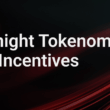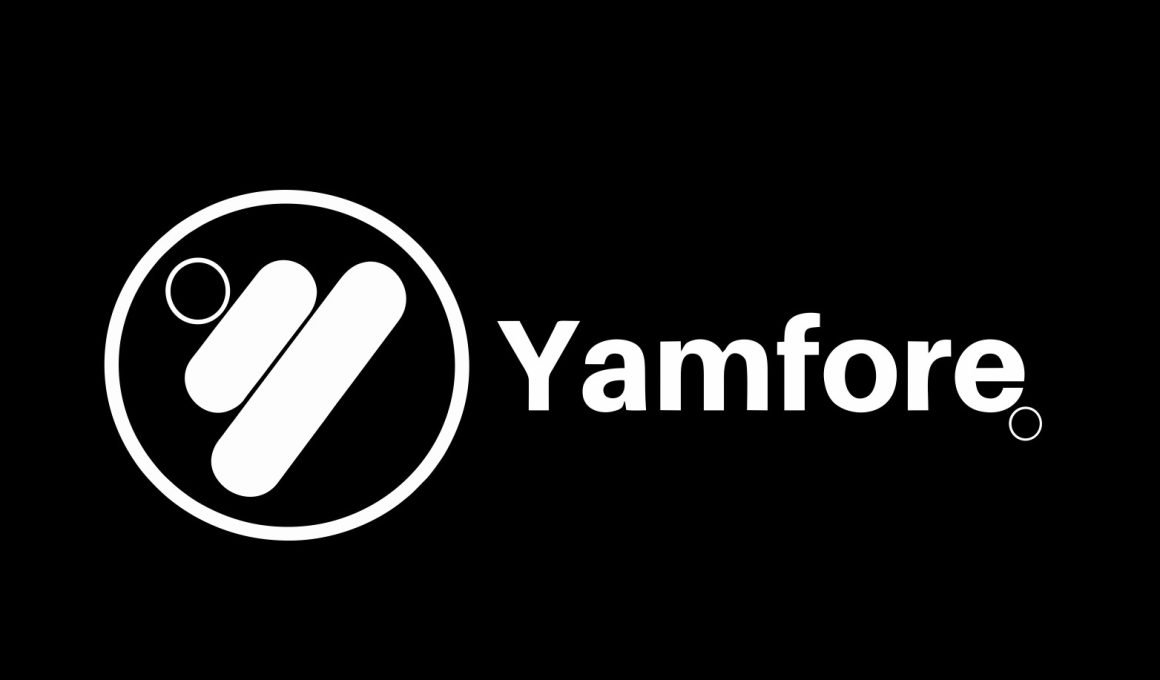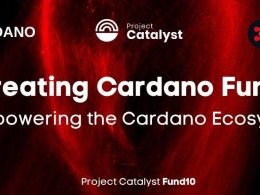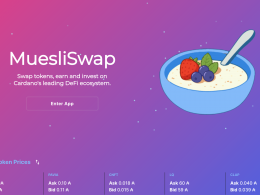Crypto industry lending evidences a significant power imbalance between borrowers and lenders, with unfavorable relationships for borrowers. Borrowers must respond to constant interest payments and the possibility of a margin call occurring at any time due to a sudden market downturn. If a borrower defaults on any of these obligations, their collateral position is liquidated and their loan position is closed.
Yamfore takes a different approach by completely removing the individual lender from the equation, as all loans are funded directly from the protocol’s internal stablecoin treasury, removing requirements to ensure the borrower’s collateral value never falls below a certain threshold, or require continuous repayments of interest. Borrowers are not subject to margin calls or liquidation risk.
The loaned capital is managed by the protocol, being able to assume a higher level of risk on behalf of the borrowers, and thus allowing significantly more favorable loan terms than the rest of the traditional crypto platforms.
Writer’s note: This proposal presents a better efficiency in the management of the capital, but eliminates the possibility of decision of the lenders.
How Yamfore Works
Yamfore will use a basket of stablecoins native to the Cardano blockchain, unbridged to other ecosystems, backed by verifiable on-chain assets, managed as transient assets, to maintain a high level of capital efficiency, enabling high turnover.
The protocol uses the CBLP token. CBLP auctions occur continuously on the portal, with rewards being calculated and claimed by epoch, until the CBLP treasury is depleted, for loans taken.
In order to acquire a loan, a user must first provide ADA as collateral, adding CBLP tokens, which act as a security deposit, which are always fully returned to the borrower upon closing of their loan position.
This lending ratio will be 50% ADA / 50% CBLP at protocol launch, but may be changed through governance by CBLP token holders, changing it during times of high demand, and requiring a higher allocation of CBLP tokens for release. lending position, increasing its demand and value, or reducing it during times of low demand to ensure that the protocol’s treasury remains highly utilized and capital efficient.
The loan is always equal to the dollar value relative to your deposited ADA collateral, as the protocol only returns a 1:1 exchange value in dollars, for any deposited ADA collateral, for basing its loans on stablecoins.
When a user initiates a borrow position, their wallet staking credentials will be applied to their deposited ADA collateral. This means that the protocol will retain collateral custody, but the user will retain control of staking and accrued rewards, allowing borrowers to participate in ISPOs and other incentivized events, while maintaining their lending position. This is a similar approach to implementing the Indigo Protocol.
The user who initiates a borrowed position will also receive a non-fungible token (NFT) that represents ownership of the borrowed position. The NFT will be minted and sent to your wallet. These NFT deeds are required to redeem the collateral deposited in the protocol, and can also be used to perform multiple trading strategies.
In order for a borrower to close their loan position, thus recovering their deposited ADA and CBLP collateral, they must repay the principal amount due with accrued interest on the loan position. This return is made to the treasury of the stablecoin, which will make it possible to have capital for more loans.
The interest charged to the loan position is calculated using two parameters controlled by the governance of the protocol:
- a minimum interest rate that is calculated from the principal amount, and added to the total debt of the loan position, when the loan is created, and
- a fixed annual interest rate that is calculated on the principal amount, accruing all interest to the total debt of the loan, per period.
The team reports that Yamfore will undergo an external audit before the mainnet launch and then, they will be officially open to the community. At the moment there is only the record of the token in GitHub.
The Tokenomics
The CBLP token has three main uses: Utility, Liquidity, and Governance.
The total supply of $CBLP tokens is 1,000,000,000. Each token is divided into one millionth part (6 zeros to the right of the unit). You can see his Policy ID.
The development allocates more than 75% of CBLP tokens to community members, ensuring distribution to those who support the protocol the most, and not just a few wealthy people.
$CBLP Treasury: $yam_treasury
Miscellaneous: $yam_misc
Development team:$yam_team
As Yamfore captures more market share, users, and liquidity, the demand for CBLP tokens will increase, thereby increasing their value.
Yamfore has two mechanisms that facilitate its continuous growth: the Demand Cycle and the CBLP Treasury.
The demand cycle begins with the proceeds of interest repayments on closed loan positions. Proceeds are sent to the stablecoin treasury, facilitating more lending and increasing the number of borrowers that can be served. This influx of capital also increases the demand for CBLP tokens in the secondary market, as more people look to borrow the newly available capital.
When the ratio of ADA and CBLP loans exceeds this base, no one is willing to apply for a loan due to unfavorable terms. This basic lending ratio is constantly changing and is dependent on general market sentiment and other economic factors.
It is the responsibility of CBLP token holders to ensure that the base lending ratio is always set appropriately for current market conditions through on-chain governance. One indicator of achievement is that the stablecoin treasury is always empty due to demand.
Proceeds from interest payments are sent to the stablecoin treasury to facilitate more lending, increasing the amount of capital available to borrowers, and also increasing liquidity in secondary markets for the CBLP token.
The Treasury
The Yamfore protocol will have an internal treasury containing 50% (500,000,000) of the total fixed supply of the protocol’s native governance and utility token, CBLP.
This treasury is called the CBLP treasury, and it allows individuals to indirectly provide liquidity to Yamfore by depositing their stablecoins into the protocol’s CBLP auction portal, acquiring a number of CBLP tokens through fair market supply and demand mechanisms.
At the beginning of each epoch, a fixed number of CBLP tokens can be claimed from the CBLP treasury.
As I said above, CBLP auctions occur continuously until the CBLP treasury is depleted. This CBLP auction portal takes a fair supply and demand approach to token distribution, similar to that of NFBO.
The Governance
Yamfore uses a unique and novel approach to governance dubbed ‘Progressive Governance’, which aims to enable more participation in decentralized governance by simplifying the process and removing the multiple points of friction experienced by average DeFi users.
Progressive Governance will be an on-chain protocol, and the team ensures that the process will be autonomous and neutral for all CBLP token holders, eliminating the need for users to register on third-party forums, or social media platforms, to participate. in governance.
The Roadmap
At the time of writing this article, the project is in the Public Testnet, having completed all the previous milestones.
Q1 2022
- Initial protocol design & conceptualisation
- Private feedback gathering / protocol design refinement
Q2 2022
- Release Litepaper
- Initiation of Smart Contract development
- Initiation of frontend UI / UX design & development
Q3 2022
- NFBO ( Non-Fungible Bond Offering )
- Community Airdrop
- Partnership Announcements
Q1 2023
- Private Testnet
Q2 2023
- Public Testnet
- FTO ( Fair Token Offering )
Q3 2023
- External Smart Contract Audit
- Official Mainnet Launch!
Q4 2023+
- Progressive Governance via Yamfore DAO
The Team
Website: https://yamfore.com/










